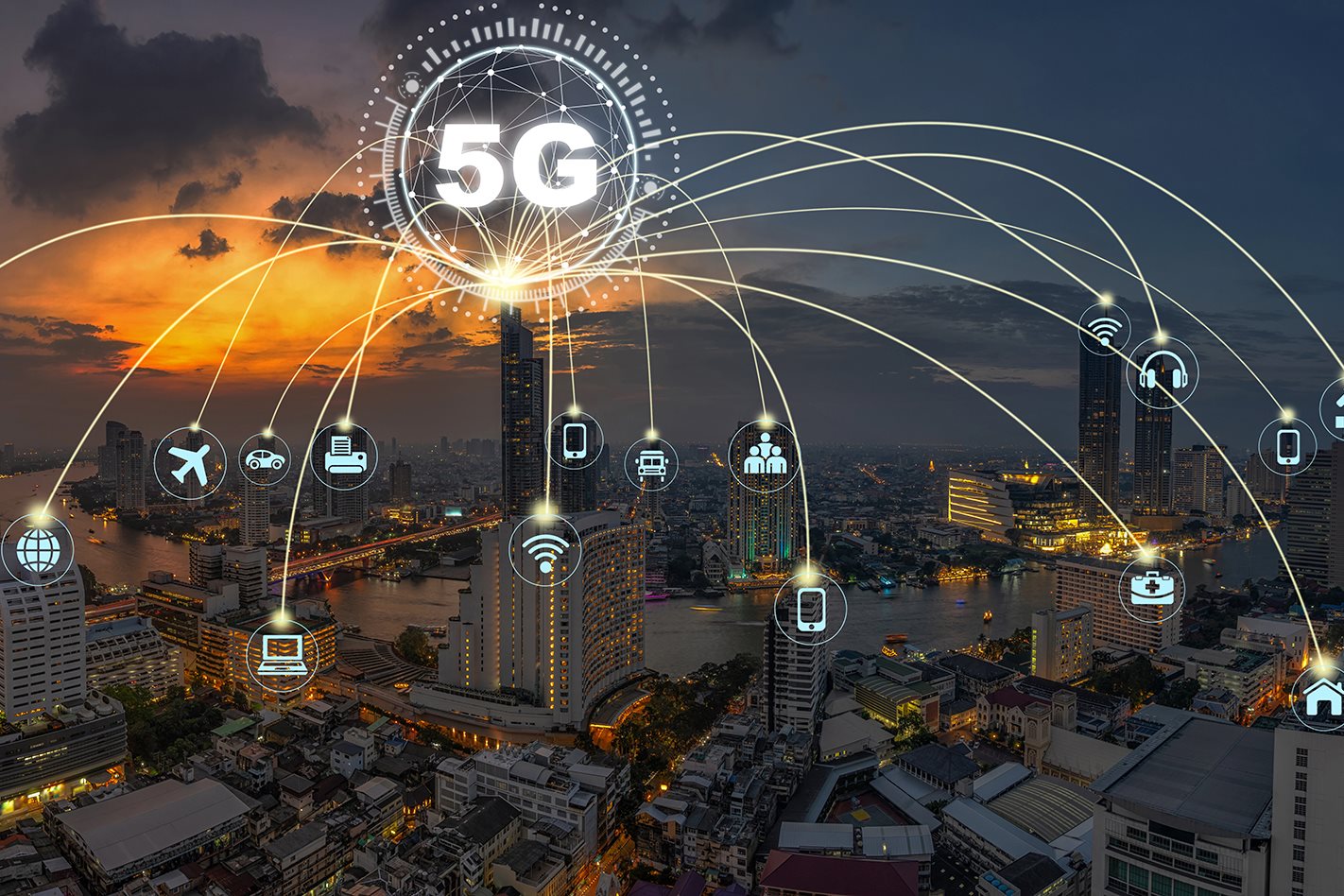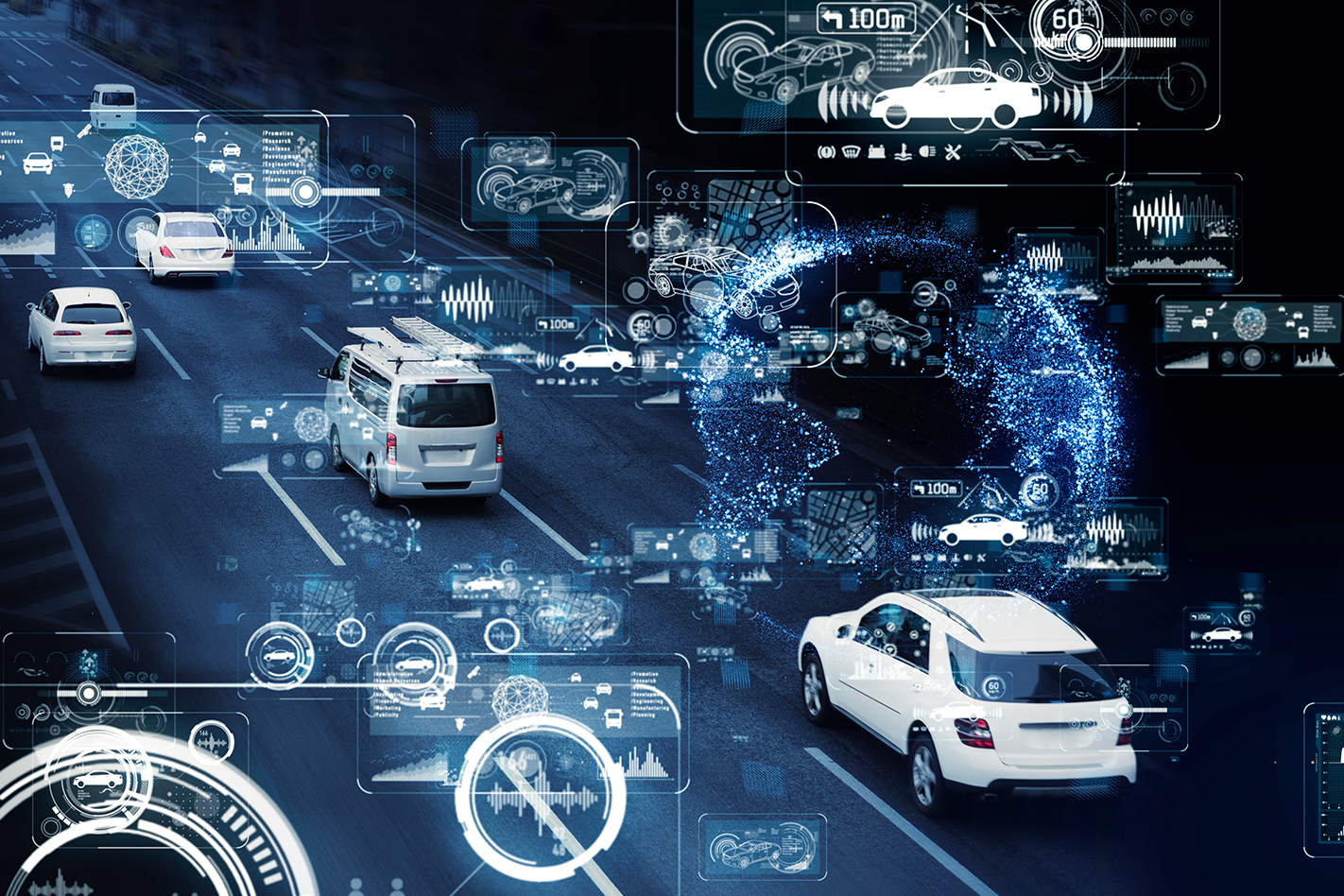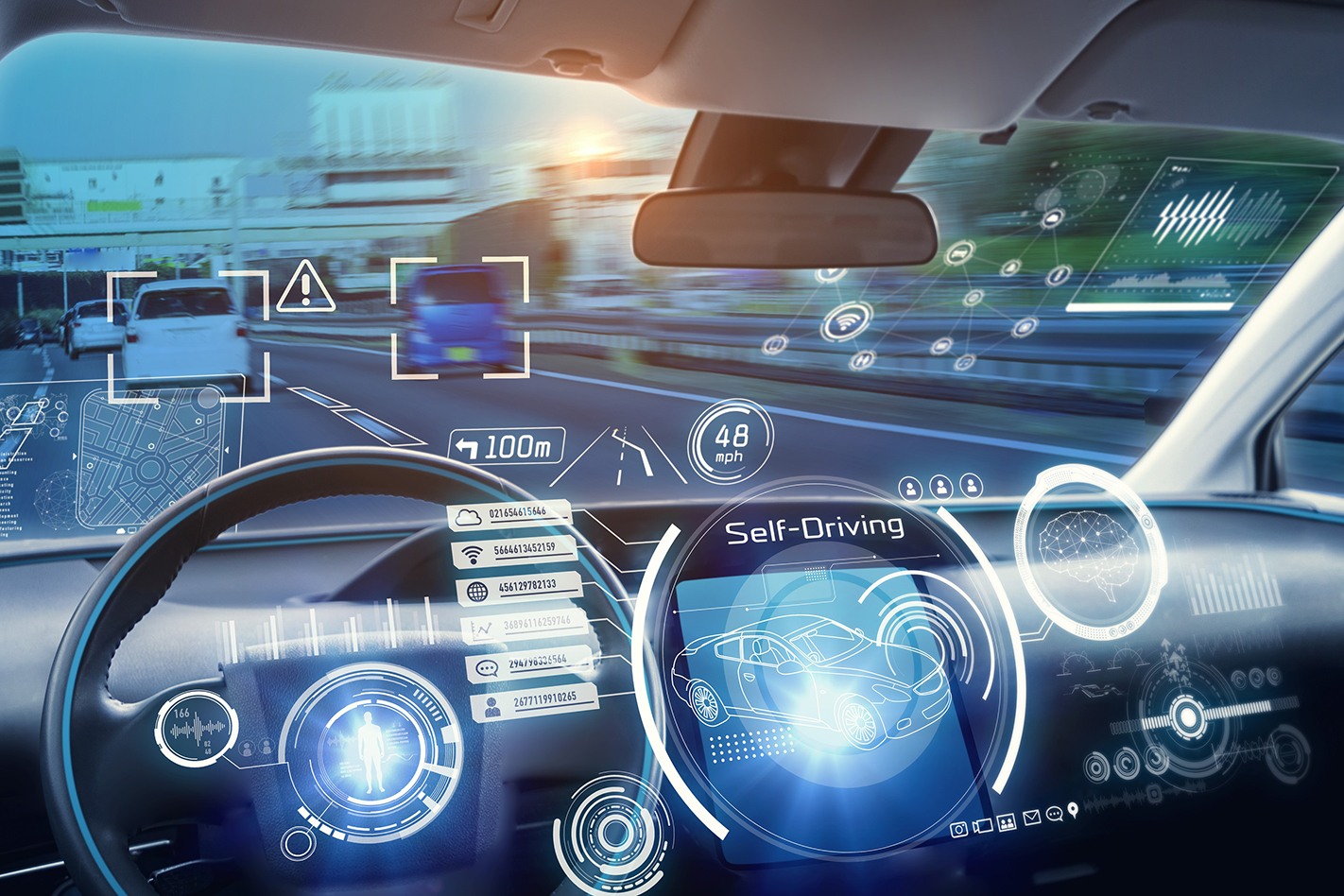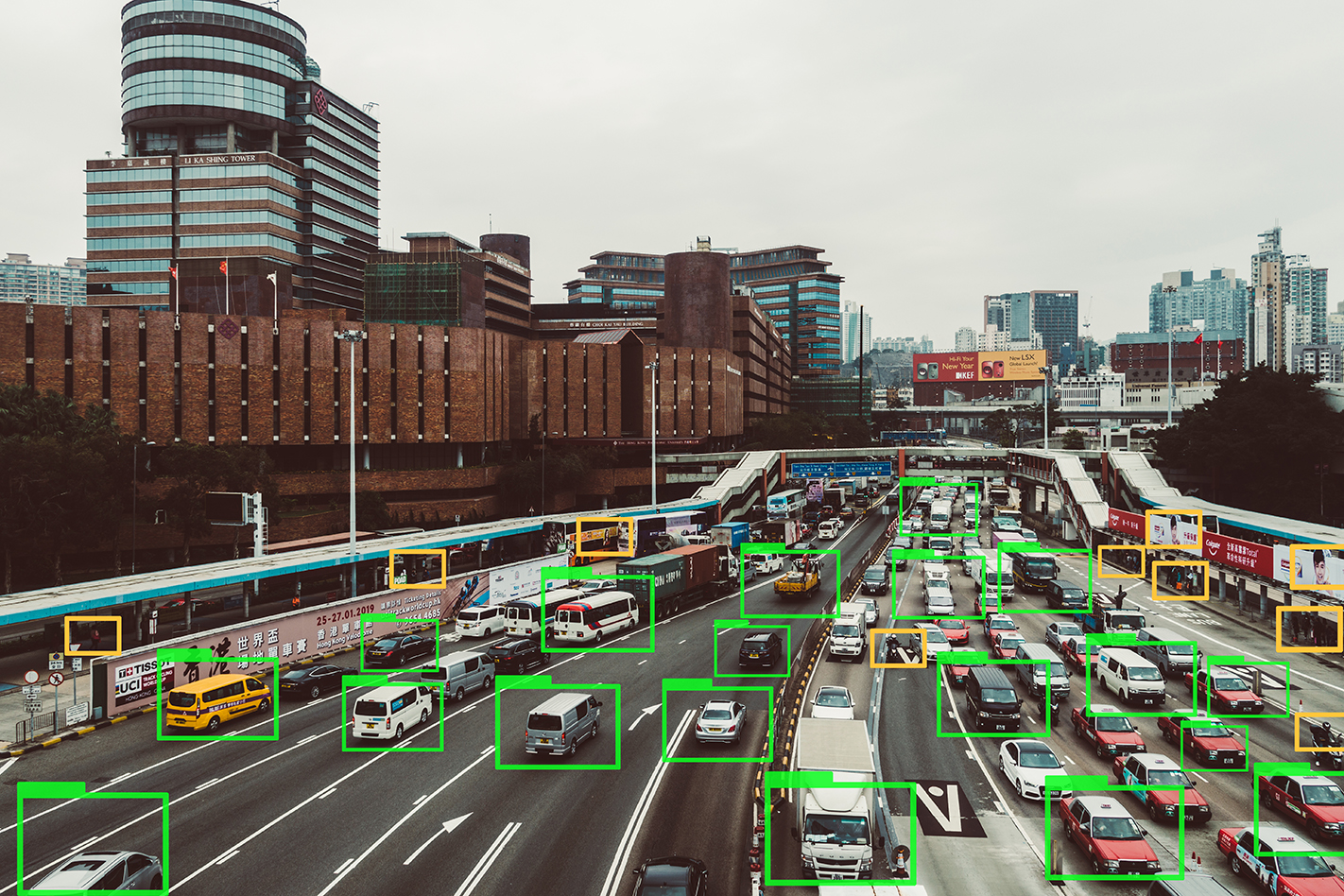
You may have heard that Australia’s mobile network is getting a significant upgrade in the form of fifth-generation data transmission technology, but what impact will ‘5G’ have on the world of cars?
Arguably, the automotive effect won’t be immediately apparent – nor will it be for a number of years – but as cars increasingly become more data-reliant through internet-connected infotainment systems, remote-control apps, electrification and autonomous driving aids, the benefit of a 5G network will start to become critical.
What is 5G, and how is it different from 4G?
Compared to existing 4G networks, 5G technology has a number of key advantages. The biggest, at least from the point of view of smartphone users, is data transmission speed.
4G is fast, but 5G is even faster, with an expected minimum download speed of around 100Mb/s that’s roughly equal to what most people get out of an NBN connection. The expected maximum speed of 5G is a colossal 20Gb/s, which would enable a movie in ultra-crisp 4K resolution to be downloaded almost instantly.

But from an automotive standpoint there are more important attributes than sheer speed. The ultra-low latency of 5G, or the speed with which mobile devices are able to connect with each other over the network and begin transferring data, is the real game-changer here, with responsiveness measured in just a handful of milliseconds on 5G, compared to 60-plus milliseconds on 4G.
The amount of devices that can connect to a single 5G antenna is another huge benefit. 5G is able to support up to a million individual devices per square kilometre, versus just 100,000 devices in the same area on a 4G network. A tenfold increase in device density is nothing to sneeze at.
How does 5G benefit autonomous cars?
Right now, it’s utility isn’t really able to be exploited. It’s not like you’re able to watch movies from the driver’s seat while on the go, so unless you’re streaming videos to rear screens for your passengers to enjoy, a higher data transmission speed isn’t going to make your life as a driver much easier.
But when it comes to autonomous cars, 5G will be vital to making the driverless concept work in reality.
In the future, autonomous vehicles won’t actually be truly autonomous. Their on-board sensors will no doubt be able to keep the car a safe distance from obstacles and allow them to drive down a highway with little to no intervention, but for self-driving cars to operate at their optimum they’ll need to be in near-constant contact with servers over the internet.

Servers that can tell the car what the traffic conditions up ahead are like so it can adjust its route, or inform it of roadworks that may have changed the physical shape of the terrain, or weather reports so the car can change its speed to something more appropriate to the conditions.
Even communication with street-level ‘furniture’ like stop lights and pedestrian crossings will be vital, as they’ll be able to tell cars exactly how much time is left before the light needs to change – or conversely, perhaps hold the light green for a couple of extra seconds so the car can make it through if there’s no other traffic around.
But that kind of communication is only useful if the network is fast enough to get the info back to the car’s computer almost instantaneously. Thanks to the low latency of 5G, that becomes possible.
Remember how we said 5G is capable of latency of roughly one millisecond, while 4G only manages around 60 milliseconds? Well one millisecond is 0.001 of a second, while 60 milliseconds equals 0.06 of a second – the latter still seems virtually instant, doesn’t it? Not so, for if a car is driving along at 60km/h it is covering 16.67 metres every second.

In 1 millisecond it will have rolled 1.6 centimetres, but in 60 milliseconds it will have traversed exactly one metre, and that could make the difference between stopping for a red light in time or having a fender-bender.
And then there’s the device density advantage. Sure, there’s nowhere in Australia where you’d ever find a concentration of cars in excess of a million per square kilometre, but remember that this is a network that won’t just be shared between phones and cars, but other devices like office photocopiers, fridges, home PCs, televisions, CCTV cameras and municipal facilities too.
In the CBDs of Melbourne, Sydney, Perth and Brisbane, that kind of device density would be more ably supported by 5G, whereas 4G would surely struggle.
Keep in mind that though 5G has just arrived in Australia, its automotive relevance is still many years off. However rest assured that when the cars that need dependable data connections start arriving, our telecommunications network should at least be able to handle it.



